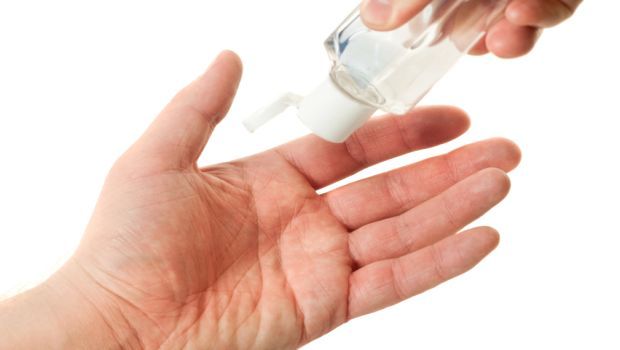Identification of Product Dry-Time as a Primary Driver of ABHR Efficacy

The World Health Organization has called for the development of improved methodologies to evaluate alcohol-based handrub (ABHR) efficacy, including evaluation at “short application times and volumes that reflect actual use in healthcare facilities." The objective of this study by Suchomel, et al. (2018) was to investigate variables influencing ABHR efficacy, under test conditions reflective of clinical use.
The test product (60% V/V 2-propanol) was evaluated according to a modified EN 1500 methodology, where application volumes of 1 mL, 2 mL, and 3 mL were rubbed until dry. Statistical analyses were performed to investigate the relative influences of product volume, hand size, and product dry-time on efficacy, and hand size and hand contamination on product dry-time.
Mean log10 reduction factors (SD) were 1.99 (0.66), 2.96 (0.84) and 3.28 (0.96); and mean dry-times (SD) were 24 s (7 s), 50 s (14 s), and 67 s (20 s) at application volumes of 1 mL, 2 mL, and 3 mL, respectively (p ≤ 0.030). When data were examined at the individual volunteer level, there was a statistically significant correlation between dry-time and log reduction factor (p < 0.0001), independent of application volume. There was also a statistically significant correlation between hand surface area and dry-times (p = 0.047), but no correlation between hand surface area and efficacy (p = 0.698).
The researchers conclude that when keeping other variables such as alcohol type and concentration constant, product dry-time appears to be the primary driver of ABHR efficacy suggesting that dosing should be customized to each individual and focus on achieving a product dry-time delivering adequate efficacy.
Reference: Suchomel M, et al. How long is enough? Identification of product dry-time as a primary driver of alcohol-based hand rub efficacy. Antimicrobial Resistance & Infection Control. 2018;7:65
Point-of-Care Engagement in Long-Term Care Decreasing Infections
November 26th 2024Get Well’s digital patient engagement platform decreases hospital-acquired infection rates by 31%, improves patient education, and fosters involvement in personalized care plans through real-time interaction tools.
The Leapfrog Group and the Positive Effect on Hospital Hand Hygiene
November 21st 2024The Leapfrog Group enhances hospital safety by publicizing hand hygiene performance, improving patient safety outcomes, and significantly reducing health care-associated infections through transparent standards and monitoring initiatives.
The Importance of Hand Hygiene in Clostridioides difficile Reduction
November 18th 2024Clostridioides difficile infections burden US healthcare. Electronic Hand Hygiene Monitoring (EHHMS) systems remind for soap and water. This study evaluates EHHMS effectiveness by comparing C difficile cases in 10 hospitals with CMS data, linking EHHMS use to reduced cases.